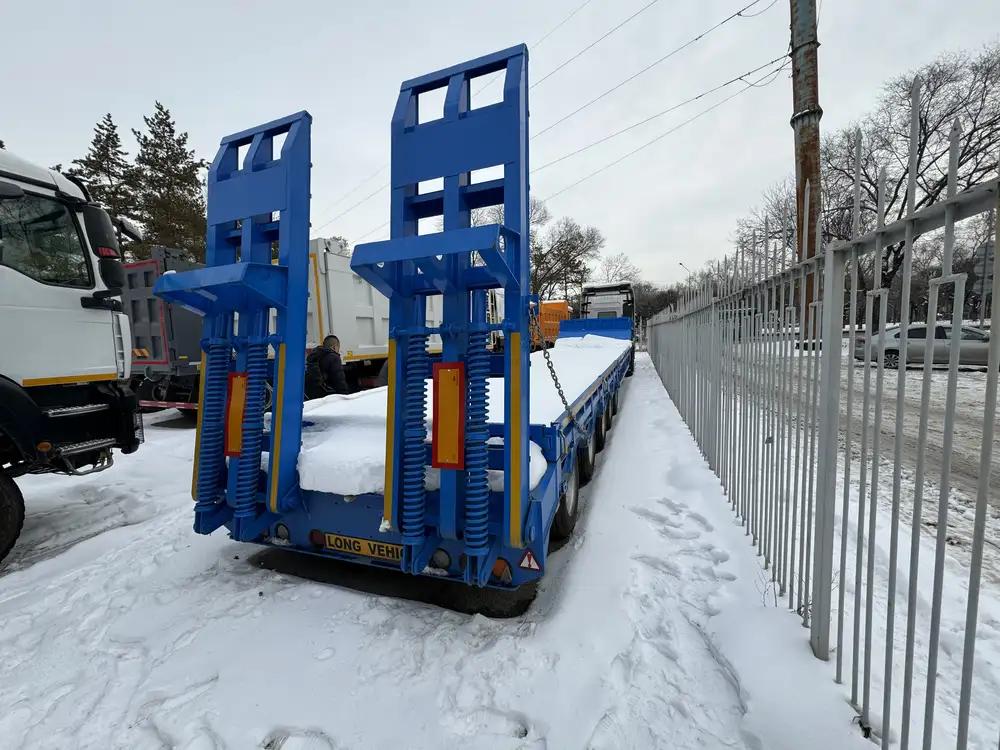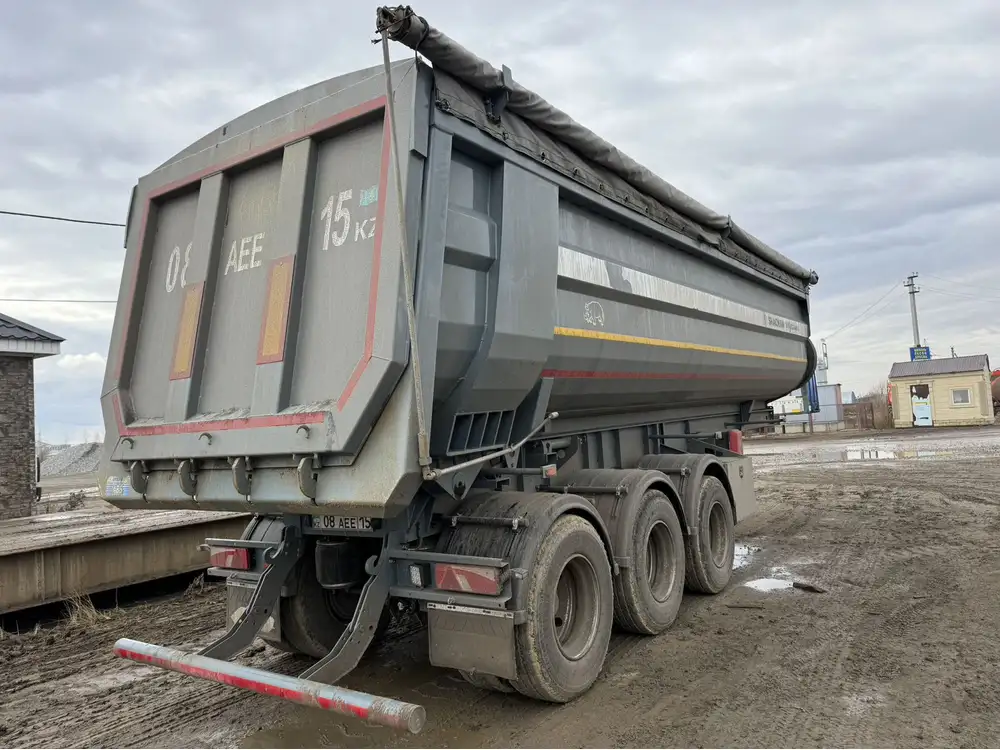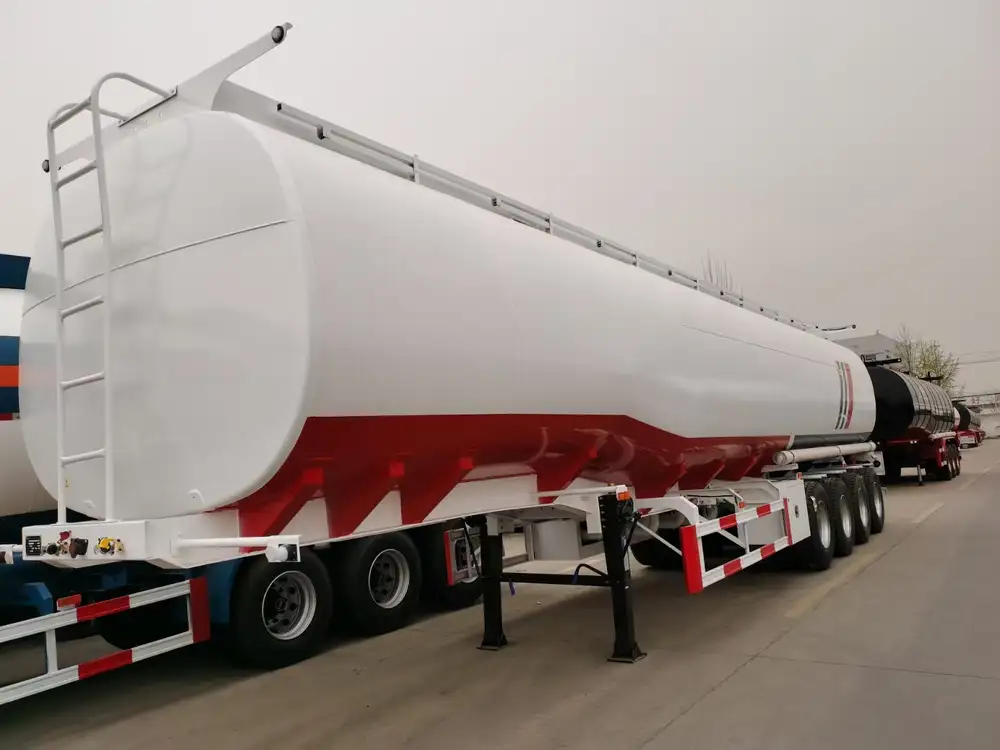Transporting livestock, especially calves, is a crucial aspect of the agricultural industry. The ability to efficiently and safely transport calves can have significant implications for farmers, processors, and distributors. Understanding how many calves can fit on a semi-trailer is essential for optimizing transport efficiency while ensuring the welfare of the animals. This article delves deep into the factors affecting calf transport capacity, the regulations involved, and strategies for maximizing the safe loading of calves.
Understanding Semi-Trailer Loads
Types of Semi-Trailers for Livestock
Before addressing how many calves can fit on a semi-trailer, it’s essential to identify the types of semi-trailers commonly used for livestock transport:
| Type of Trailer | Description | Typical Dimensions | Best Use Cases |
|---|---|---|---|
| Standard Livestock Trailer | Open design with adjustable gates | Length: 48-53 ft, Width: 102 in | General cattle transport |
| Enclosed Livestock Trailer | Fully enclosed for protection | Length: 48-53 ft, Width: 102 in | Transport in inclement weather |
| Gooseneck Trailer | Attached via a gooseneck hitch | Length: 20-40 ft, Width: 102 in | Smaller loads or specialty transport |

Factors Affecting Calf Capacity
The number of calves that can be transported on a semi-trailer is influenced by several factors:
- Size and Breed of Calves: Different breeds and ages of calves have varying sizes. For instance, Holstein calves are more substantial than Jersey or Angus calves.
- Weight Regulations: The maximum weight limits for cargo vary by state and country, typically falling between 80,000 lbs (including the weight of the vehicle) in the U.S. for tandem axle trailers.
- Space Requirements: The American Veterinary Medical Association (AVMA) and other regulatory bodies provide guidelines for minimum space allocation per calf to ensure welfare during transport.
- Configuration of the Trailer: The layout of the trailer, including divisions and spacing between pens, can affect how many calves can be loaded safely.
- Loading Techniques: The method used for loading and securing calves impacts the effective use of trailer space and overall animal welfare.
Calculating Calf Capacity
Average Space Needs for Calves
A worrying misconception often arises regarding the sheer number of animals that can be loaded into freight transport. To ensure both compliance with regulations and the welfare of livestock, farmers must adhere to guidelines regarding space per calf:
- Young Calves (up to 6 months): Require approximately 10-12 square feet per calf.
- Older Calves (6 to 12 months): Require approximately 12-14 square feet per calf.

Example Calculation
Let us assume we have a standard livestock trailer measuring 53 feet in length and 102 inches in width. The area can be calculated as follows:
[ \text{Area} = \text{Length} \times \text{Width} = (53 \text{ ft} \times 12 \text{ in/ft}) \times (102 \text{ in} /\text{ft}) = 6,516 \text{ square inches} ]Converting square inches back to square feet:
[ \text{Area} = \frac{6,516}{144} \approx 45.2 \text{ square feet} ]Using space requirements, we can calculate:
For young calves: [ \frac{45.2 \text{ sq ft}}{12 \text{ sq ft/calf}} \approx 3.77 \text{ calves} ]
For older calves: [ \frac{45.2 \text{ sq ft}}{14 \text{ sq ft/calf}} \approx 3.22 \text{ calves} ]
Ultimately, this example illustrates the importance of considering not only the physical dimensions but the welfare implications tied to transporting livestock in semi-trailers.
Regulatory Considerations
Guidelines and Welfare Standards
Livestock transport is governed by various regulations to ensure animal welfare. Some key regulations include:
- Federal Motor Carrier Safety Administration (FMCSA): In the United States, the FMCSA sets weight limits for transportation vehicles, impacting how many calves can legally be carried.
- Animal Welfare Act: This act outlines humane transport requirements, including rest periods for longer journeys.
- State Regulations: Vary by state and may have more stringent requirements concerning transport times and space allocations.

Best Practices for Loading Calves
Loading calves onto a semi-trailer effectively requires a strategic approach to maximize space while ensuring safety and comfort:
Step-by-Step Loading Strategy
- Preparation: Ensure the trailer is clean, free of hazards, and has adequate ventilation.
- Grouping: Group calves by size to prevent injury and stress during transport.
- Loading Method:
- Utilize a loading ramp to facilitate easy access.
- Load larger calves first, as they may be more agile.
- Secure Positioning: Use dividers to keep calves from moving around, preventing injury and ensuring comfort.
- Monitoring: Throughout transport, monitor conditions within the trailer, adjusting ventilation and minimizing time on the road when possible.
Tip: Diversify Load Plans
Utilizing a combination of mixed ages and breeds in a single load can sometimes help optimize the trailer’s space while adhering to guidelines. However, ensure all animals are compatible to avoid stress during transport.

Conclusion
Transporting calves correctly is a balance of economics, welfare, and regulatory compliance. While the precise number of calves that can fit in a semi-trailer depends on various factors—such as breed, weight regulations, and loading techniques—understanding these elements will enable farmers and transporters to make informed decisions that benefit their operations.
Ultimately, focusing on best practices and adhering to regulations not only helps maximize load capacity but also ensures the health and welfare of the calves, leading to more sustainable and profitable agricultural operations. As the livestock industry continues to evolve, staying informed on regulations and transport techniques will be essential for success.
By engaging with best practices and understanding regulatory requirements, manufacturers and transporters can contribute positively to the ongoing discourse on animal welfare while optimizing their operational efficiency.
This comprehensive analysis sheds light on the complex world of livestock transport while providing practical solutions to maximize calf transportation efficiency. As you navigate the challenges of livestock logistics, consider these insights to enhance your operations and maintain the highest standards of animal care.



